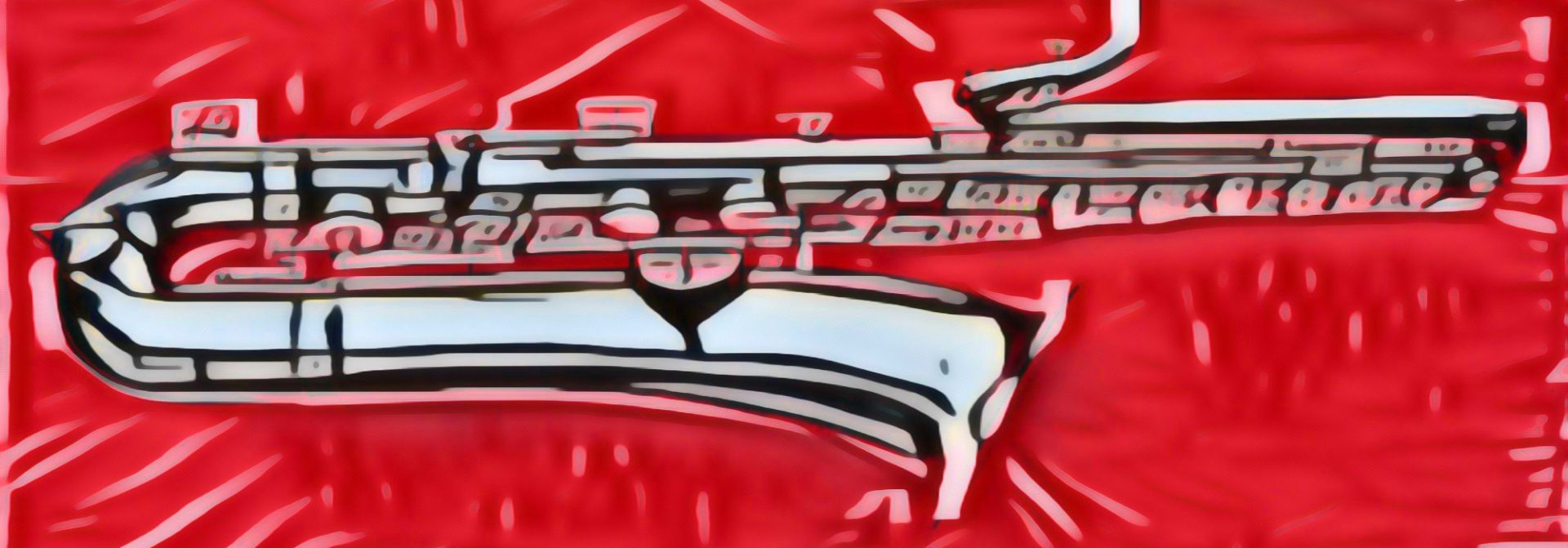
For a few years now I have been researching and writing about the horns built by the German, saxophone-only manufacturer, Dörfler & Jörka. D&J horns are very good copies of Julius Keilwerth horns, and thus share many of JK’s best features, especially the tone.
Yesterday I happened to come across a 2003 post on SOTW, by the late, great Steve Stransky, AKA Sarge, who founded and owned World Wide Sax. This is what he wrote about these vintage German saxophones:
Yep, I agree, the Dörfler and Jörka’s are great playing horns… I just did a custom repad on a Voss tenor (also a Dörfler and Jörka) for a very good customer and it smoked… I think 1200.00 is a great bargain for it. [The price of the D&J tenor being discussed in the thread.]…
sarge
$1,200 for a D&J tenor? (Mind you, the seller was adamant that the horn was a JK, which it apparently wasn’t, hence the price.)
The closest that I’ve seen to this price was $799 for a Voss tenor, and that was a rarity. More often than not, here in North America these tenors go for around or under $600—if they go at all.
[perfectpullquote align=”right” bordertop=”false” cite=”” link=”” color=”” class=”” size=””]There’s no law against owning more than one![/perfectpullquote]
What really surprised me however, was Sarge’s suggestion that the $1200 asking price for a D&J tenor was a great bargain. Fast forward only a few short years, and you almost can’t give these horns away. What’s up with that anyway? ![]()
True, these horns are somewhat of an unknown in the vintage saxophone world. That said, more information is known about them now, than was when Sarge wrote this SOTW reply in 2003. If anything, you would think that the desirability, and/or value of D&J horns would have increased over the past decade.
Vintage sax players/owners are a fickle bunch. Also, the world’s economy has gone to hell in a hand basket, and the need for the necessities and essentials of life, has replaced the pursuit of luxury and non-essential items.
Let’s face it, how many saxophones does the average player need? Realistically, 1, or at most 2 of each voice that they play. (And 2 only if they need a back-up because of constant gigging or touring.)
As much as I love—and live by—Sarge’s motto: “There’s no law against owning more than one!”, for most players having a lot of horns makes no sense, and actually becomes somewhat of a liability. There is the original financial outlay; the upkeep if they are to be kept playable at all times; and the ongoing purchase of gear for the various horns: mouthpieces, reeds, stands, neck pouches, etc. etc. All these accessories start to add up over time.
Let’s face it, if baby needs new shoes, or the Roxy needs a new mouthpiece, which is going to win out? Even a non-parent like me will buy the baby new shoes. 😉



Charlie Parker played the Conn 6M, King Super 20’s and Graftons, how can somebody go wrong buying those instruments?
yea, I agree to maximum two horns is what may be needed mostly, in my case, I like to keep it simple and don’t have more of what I need to carry on…
Regarding vintages, recently I bought a Conn 6M “Naked Lady” 1950 alto, the body is great, however there are leaking pads all over..
I got it for CD$725 (+ tax)….
Some times the price of selling a vintage, such as the Jorkas doesn’t represent the quality of the sound of the instrument, but the history also count…who after all played the Jorkas during the past? Buyers go by the quality of sound, but some buyers goes also for the history, resale value and investing…
Take for instance, the Ida Maria Grassi saxes, professional 2000, no longer in production, they may be excellent instruments but some of them are of questionable consistency….
We can spaculate that Mark VI are not consistent either, but again there is history in behind those instruments (paradoxically Selmer kills Conn, as we know)and the players is one of the reasons that bring those horns up in the market.
Your Conn 6M story is similar to mine Pablo. I bought mine in a pawn shop for $450, but mine is from the early ’60s, so doesn’t have the naked lady engraving anymore. As for the rest of it (including the key guards, and most importantly, the tone) it’s all 6M. It’s my main alto. It dropped my Mark VI to back up horn status.
I agree with you Pablo, people want to buy what the pros of the day played. That’s why, to a large degree, the 5 digit Selmers fetch more money than the 6 digit ones. History is, IMHO, way too important to saxophone players. Tone, ergos, evenness of scale, intonation, etc,—in short, all the objective things we grade saxophones on—should be what drives the prices of vintage saxophones. For example, my Mark VI is a fabulous instrument, however, my JK will stand toe to toe with it any day of the week. Why would the Selmer be 3 times more? Mostly for subjective reasons.
As for your comment:
I would agree with you about the Conn & and the King. The Grafton however, is a different story all together. They are much too fragile, and a collector would do well the horn (if he/she can have it arrive safely), but playing it regularly would be too risky. I don’t know of anyone who uses their Grafton for shows regularly. (Although I suspect both the Saxophobia exhibitors—American, Rob Verdi, and Italian, Attilio Berni—do.)